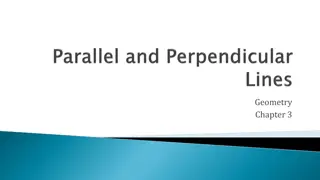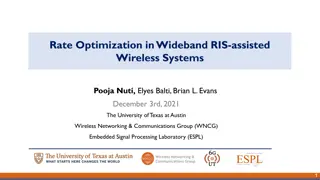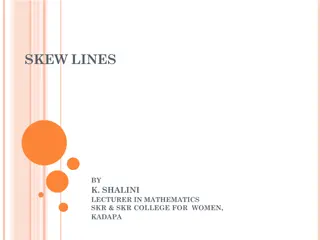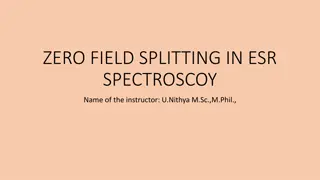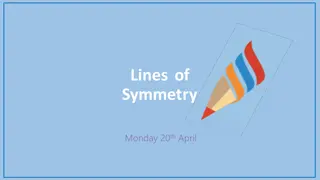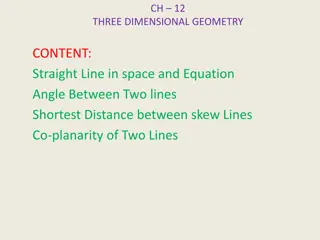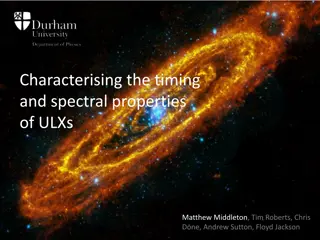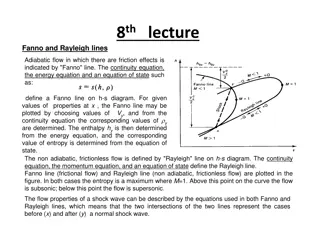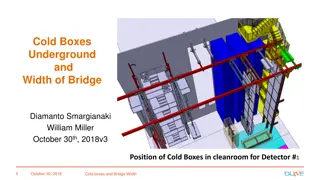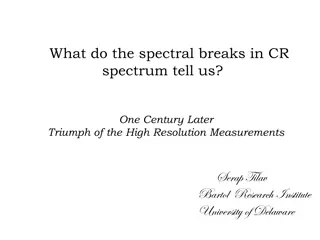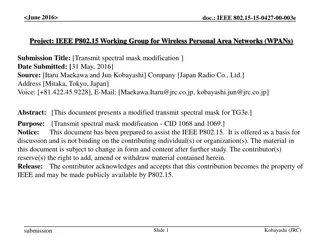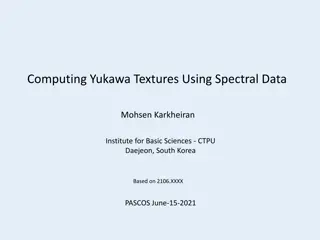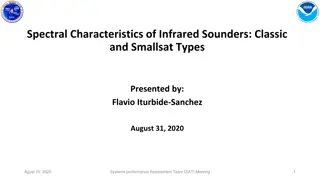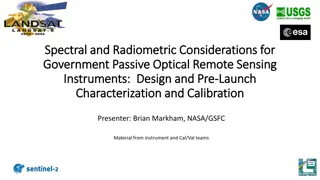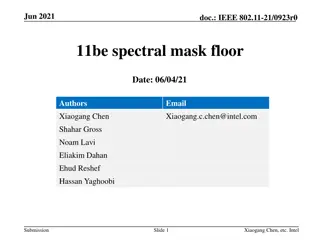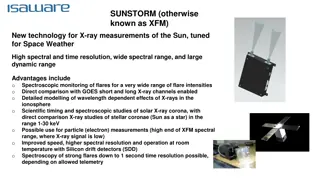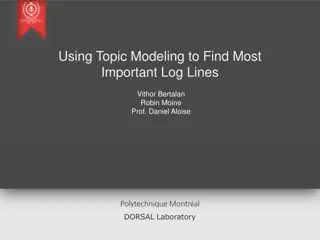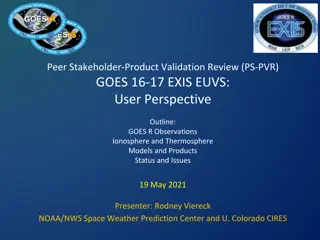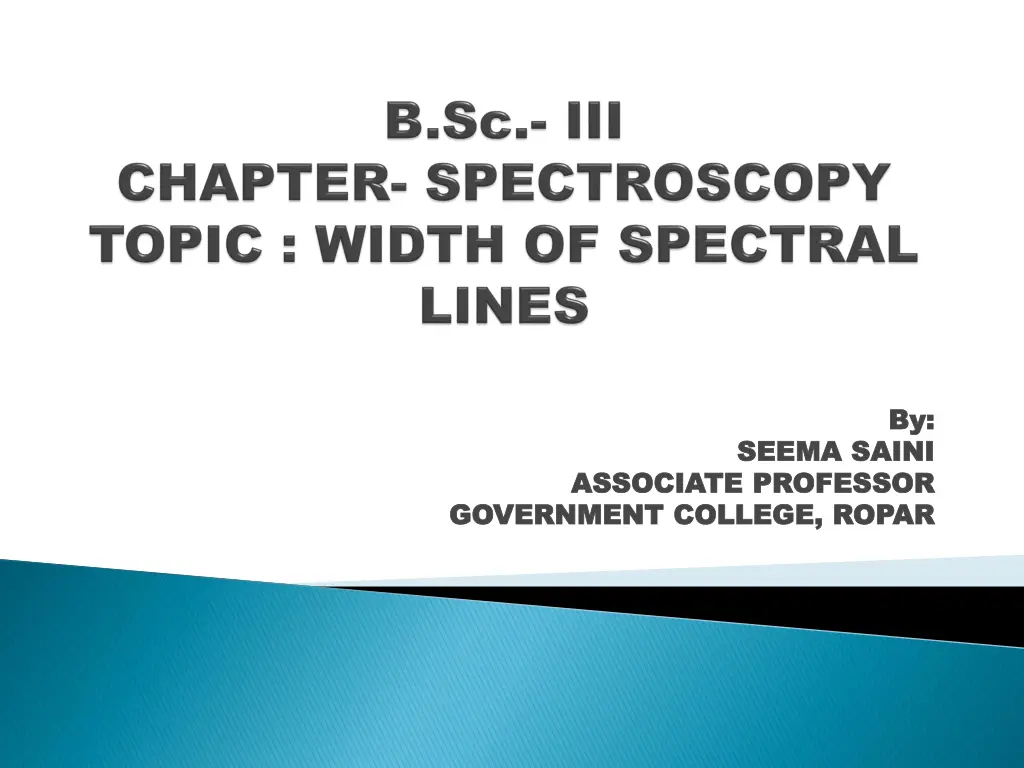
Understanding Quantum Mechanical Effects on Energy Levels in Matter
Explore how quantum mechanics impacts energy levels in gaseous, liquid, solid, and solution states due to uncertainty principles. Learn about lifetime broadening and collision effects on spectral lines.
Uploaded on | 0 Views
Download Presentation

Please find below an Image/Link to download the presentation.
The content on the website is provided AS IS for your information and personal use only. It may not be sold, licensed, or shared on other websites without obtaining consent from the author. If you encounter any issues during the download, it is possible that the publisher has removed the file from their server.
You are allowed to download the files provided on this website for personal or commercial use, subject to the condition that they are used lawfully. All files are the property of their respective owners.
The content on the website is provided AS IS for your information and personal use only. It may not be sold, licensed, or shared on other websites without obtaining consent from the author.
E N D
Presentation Transcript
By: By: SEEMA SAINI SEEMA SAINI ASSOCIATE PROFESSOR ASSOCIATE PROFESSOR GOVERNMENT COLLEGE, ROPAR GOVERNMENT COLLEGE, ROPAR
Austrian Christian Doppler Prague frequency
Occurs in gaseous, liquid, solids as well as solutions. This is due to quantum mechanical effects. Particularly, if the quantum mechanical system (or the Schrodinger equation) is solved for a system that is changing with time it is impossible to specify the energy levels exactly. If the system survives in a quantum state for a time , the energy of the level in principle cannot be known with accuracy.
Then the energy levels are blurred to an extent E , E , where E E =h/2 This term E E is called Uncertainty or lifetime broadening. This is fundamental uncertainty relation for uncertainty relation for energy energy. In principle, no excited state has infinite lifetime, thus all excited states are subject of the lifetime broadening and the shorter the lifetimes of the states involved in a transition, the broader the corresponding spectral lines as E E 1/
Finite lifetimes of the excited states occur due to collision among the molecules or with the walls of the container. If the mean lifetime between the collisions is col, then the width of the line will be E E = h/2 col = / col In gaseous samples broadening can be minimized and collision lifetime increased by working at low pressures
NATURAL LIFETIME BROADENING As every system in this universe is stable in a lower energy state, similarly all transitions from the excited states to lower states occur naturally or automatically . The rate of these transitions cannot be changed by changing the conditions. This type of broadening which depends upon natural lifetime limit is called Natural line width of the transition. However these are so small that the other broadenings dominate.
Bounce radar waves off moving vehicles Compares f of radar waves from gun with the f of reflected waves
Water waves spread over flat surface, but Sound waves travel in 3-D and expand like balloon What do you notice about the waves in front of train compared to those in back when train is stationary? In motion? Wave crests ahead of moving source are closer together than behind source What does this mean? Higher frequency in front, lower frequency in back. i.e. car/train horn Demo with string and noise

